|
|
ADDRESS AT THE INAUGURATION OF THE PLATINUM JUBILEE CELEBRATIONS OF THE NATIONAL ACADEMY OF THE SCIENCES, INIDA (NASI), ALLAHABAD
06-10-2005 : Allahabad
Science: A life-time mission
I am delighted to participate in the inauguration of the Platinum Jubilee Celebrations of the National Academy of Sciences, India. I appreciate the extraordinary contribution made by renowned scientists of the country like Dr. Meghnad Saha and his contemporaries who had conceived and created this academy in the year 1930. During the last seventy five years, this academy has rendered a great service to spread the spirit of science and technology. It has conducted many purposeful seminars on science and technology and has been a bridge between Science and the Society. Its fellowship has been guiding the country in all its scientific endeavours and has been the motive force for the country?s realization that science and technology are the vehicles for the national development and prosperity. My greetings to the distinguished fellows and members of the academy, academicians, educators and distinguished participants. I salute the pioneers who had created and nurtured this academy for fulfilling the societal needs of independent India.
The post-independence phase of Indian science and technology
When I am in the midst of eminent scientists, I am reminded of the three scientists whose scientific and technological leadership qualities was focused in Science and Technology and its contribution to the development of the nation. These three nation builders are: Dr. D.S. Kothari, Dr. Homi Jehangir Bhabha and Dr. Vikram Sarabhai. In the Indian history, there may be many, but I was very close to these three great personalities or their institutions. They are founders of three great institutions. I worked in two of the institutions directly and one in partnership. Dr DS Kothari, a Professor in Delhi University was an outstanding Physicist and also an Astrophysicist. He is well known for ionization of matter by pressure in cold compact objects like planets. This theory is complementary to thermal ionization work done by Dr Meghnad Saha his guru. Dr DS Kothari set a scientific tradition in Indian defence tasks when he became Scientific Adviser to Defence Minister in 1948; He created a Board of Advisors to the Scientific Advisor consisting of Dr. H.J. Bhaba, Dr. K.S. Krishnan and Dr. S.S. Bhatnagar. Later the Board was renamed as Scientific Advisory Board with enlarged membership.
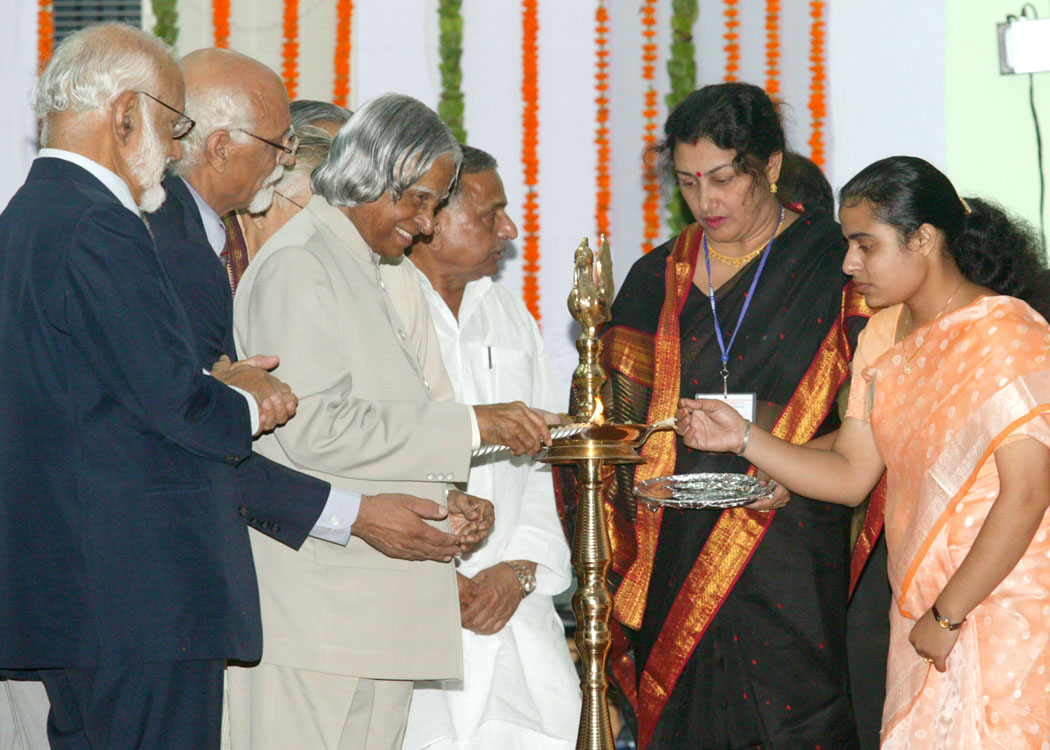

Scientists ? Soldiers Partnership
Prof Kothari realized that the main purpose of Defence Science Organisation was to serve the immediate and long term needs of the users. He repeatedly stressed the vital needs for the scientist ? soldier partnership. In spite of the deferring ethos of the academic environment, Prof Kothari was able to establish extremely cordial relations with his Senior Service Officers at all levels who belonged to the highly disciplined hierarchical structure of the Armed Forces. In the first phase of defence research, Prof Kothari identified the following eight disciplines for development: Operational Research & Ballistics, Explosives & Armaments, Rockets & Missiles, Naval technology, Engineering, Food & Life Sciences, material and problems posed by adverse environment in the operational areas. I would like to mention here that some of these disciplines are relevant and functioning even today. Let me mention two instances of how Prof Kothari applied his expertise in astrophysics to solve problems specific to defence.
He established the Defence Science Centre to do research in electronic material, nuclear medicine and ballistic science. He is considered as the architect of defence science in India. His race continued and followed up with momentum working and contributing in the areas of strategic systems, electronic warfare systems, armaments and life sciences.

Energy Visionary
Now, let me discuss about Homi Jehangir Bhabha. He did research in theoretical physics in Cambridge University. During 1930-1939, Homi Bhabha carried out research relating to cosmic radiation. In 1939, he joined Sir CV Raman in IISc Bangalore. Later, he was responsible to start Tata Institute of Fundamental Research with focus on nuclear science, mathematical science and in combination established Atomic Energy Commission in 1948. Multi centers were born with his vision in nuclear science to nuclear technology, nuclear power, nuclear devices and nuclear medicine. These science institutions established multi technological centers, but basic science is the vital component.
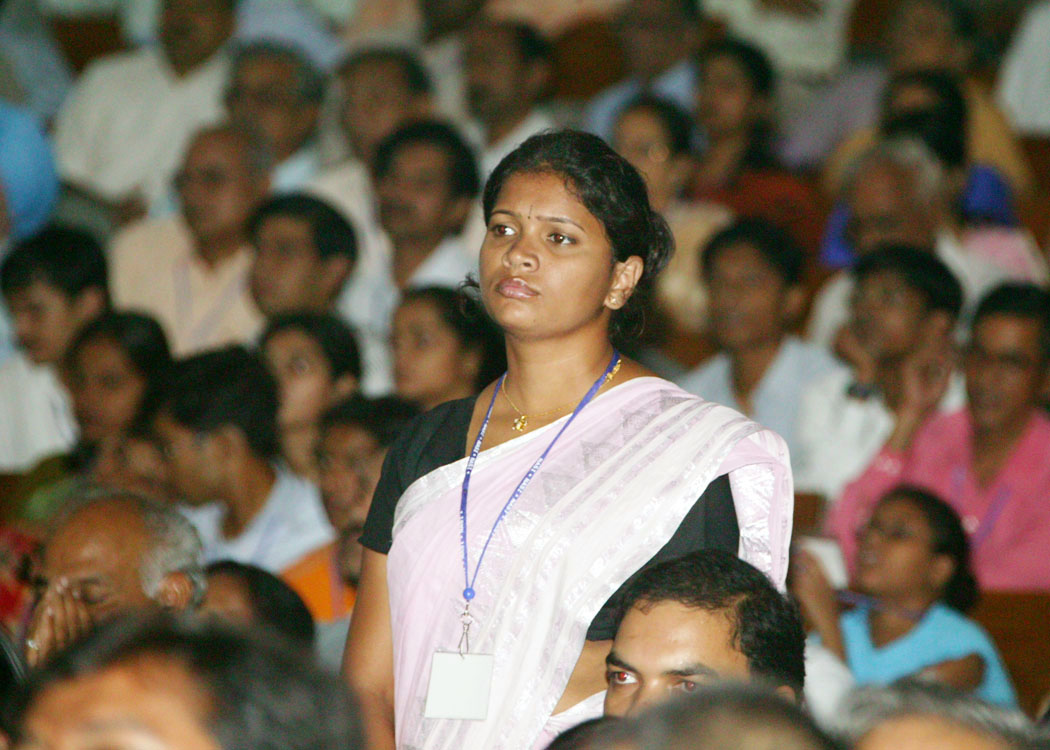

Indian Space Visionary
Prof Vikram Sarabhai the youngest of the three had worked with Sir CV Raman in experimental cosmic ray. Prof Sarabhai established the Physical Research Laboratory (PRL) in Ahmedabad with Space research as focus. In later years he became the Director of Space Science and Technology Centre (SSTC - 1963), Thiruvananthapuram. SSTC became the nuclei for ISRO. SSTC started with the launching of sounding rockets for space atmospheric research. Prof. Vikram Sarabhai unfurled the space mission for India in 1970, that we should build Satellite Launch Vehicle capability, to put our communication satellites in the geo-synchronous orbit and remote sensing satellites in the polar orbit. Also, he envisaged that launch vehicles built in India, should be launched from Indian soil. This one visionary thought led to intensive research in multiple fields of science and space technology. Many of us had the fortune to be part of Prof. Vikram Sarabhai's vision. Myself and my team participated in India's first satellite launch vehicle programme to put the satellite in the orbit. Today, India with her 20,000 scientific, technological and support staff in multiple space research centres, supported by about 300 industries and academic institutions, has the capability to build any type of satellite launch vehicle to place remote sensing, communication and meteorology satellites in different orbits and space application has become part of our daily life.
Dear friends, you have seen how visionaries of a nation bring about economic transformation and technological change. The pre and post independent India was fortunate to have such role model scientists who built the foundations of the Indian emergence and acted as a source of inspiration for the youth to take science as a mission.

Attracting the Young towards the Career in Science
Since my assuming office, I have visited all the States and many Union Territories. During these visits amongst the many people I meet, there will always be young students. I have so far met around 800,000 students, majority of them in the high school. I have also met the parents of the students. When I meet students, I always ask them, whether they would like to take science as a mission? In a gathering of 1000 students, drawn from geographically distributed schools, I have never found, more than 20 students enthusiastically answering that their mission in life would be science. For example, on 3rd October 2005, I was inaugurating the Virtual University programme of the Universities of Calcutta, Madras and Mumbai through a tele-education delivery system from the multimedia studio of Rashtrapati Bhavan. During my interaction with the students, Ms. Arunava Roy, of 1st Year ? Biotechnology from the University of Calcutta asked me the following question:
"A majority of the bright students at the high school level aspire to become a doctor or an engineer. How can these rich minds be motivated towards taking up research as a first grade career option?"
This question is indeed is the reflection of the feelings of most of the students who are in the 10+2 stage. We have to find the right answer. I have had many discussions with parents also. The parents spend almost all their earnings in order to educate their children, since they see the education as the best way of promising an assured career. They even go to the extent of sacrificing their personal luxuries and get loans to educate the children. The only vision they have in their eyes is to see well settled sons and daughters with guaranteed profession. They see this happen if their children pursue a degree in Engineering, Management, Medicine or administrative services. They do not see the pursuit of pure sciences and research guaranteeing this.
This, I consider as an important area of concern of the nation and it needs the attention of the scientific community as a whole. In my view, we can initiate the following actions.
It is essential for the nation to assure a career for those who wish to pursue science as a mission. This will attract many students with the full support of the parents. We should work for the creation of a science cadre, with well defined growth path and attractive salaries. There should be a minimum annual intake of about 400 M.Sc and 200 Ph.Ds with assured career growth in the organisations such as ISRO, DRDO, Atomic Energy, CSIR, DST and the Universities.
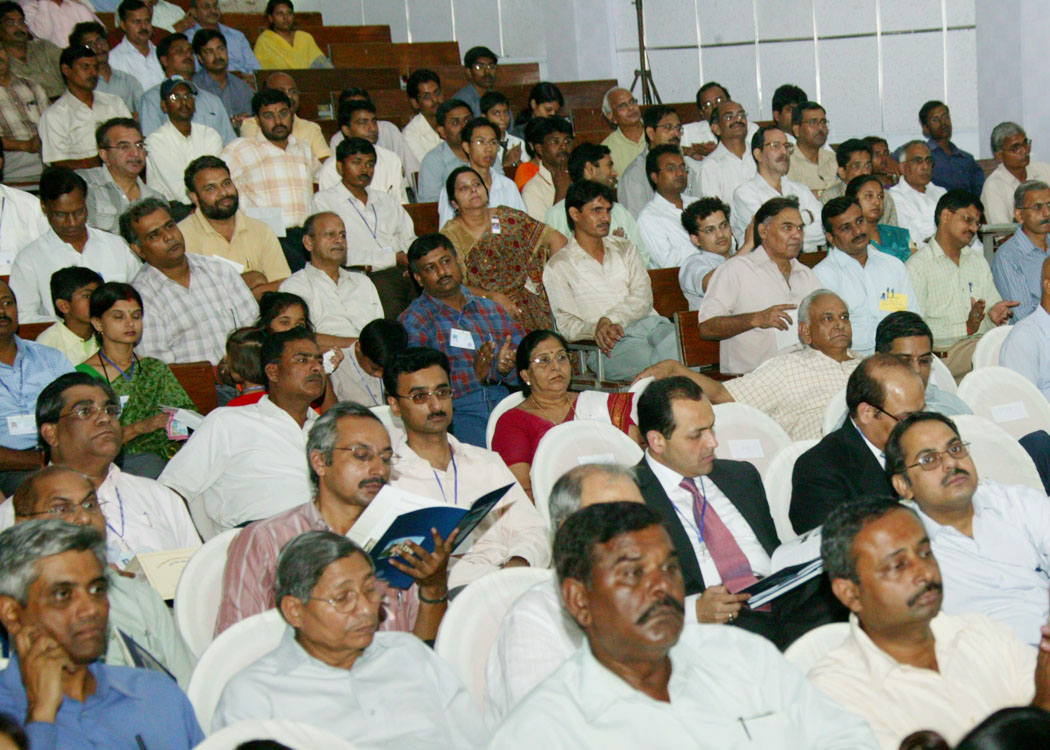

Industry and Science & Technology
In today?s world of knowledge economy, the private companies work under severe pressures of global competitiveness. The global competitiveness is powered by access to cutting edge technologies. The frontline technologies require much deeper understanding of basic sciences and innovative research. A company that acquires a technology today, needs to implement this in a practical scenario and nurture its further growth. Scientists working together with the technologists will be able to ensure a safe today and tomorrow of the company. This is very evident in many multinational companies which have become the homes of best brains in science. The border between the high end research at a leading academic institutions and the industry has blurred, often a good scientist in the industry is an adjunct faculty in a University and the university Professors become the best brains for the industry. But the situation in India is far from satisfactory. The industry should become one of the prime movers of creating more people in the scientific cadre so that they will increase their competitiveness and become world players.
The private and government funded universities must be encouraged to appoint M.Sc and Ph.D candidates, who have been selected through a nationally coordinated competitive selection process. This will be a great motivator for the science students for pursuing advanced courses in science with the full consent and support of their parents. This is the first and foremost need for attracting young people to career in science ? an assurance to the youth and the parents that the future is secure, once they take science as a career.
Now friends, I put forth these thoughts to the Members and Fellows of the National Academy of Science in India. I suggest that NASI to discuss with the other two science academies ? the INSA and the IASc. The thought of science cadre and seamless integration of scientific research and scientists across academia and industry should form a major part of the discussions in the report to the Government. All the three science academies should shape this science mission and put forth for consideration. I will give any assistance needed.
Early recognition of talent: The experienced scientists and policy makers of the organisations must recognize the talents available in the organisation irrespective of the position and empower the young scientists to create state-of-the art laboratories once they have concrete thoughts and vision. Prof Vikram Sarabhai in the initial stages of ISRO brought in a culture of management which encouraged and satisfied the vision of the young scientists and technologists which collectively succeeded in making the mission of the organisation a reality.
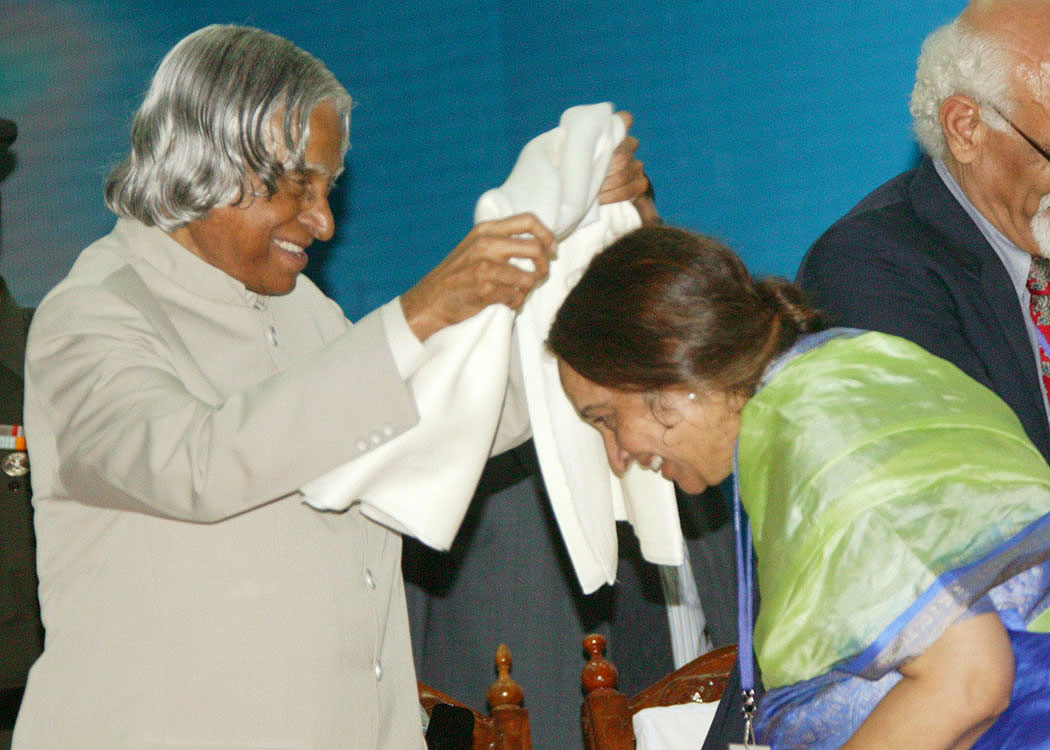
Young scientist to be lead authors: Universities and Research and Development institutions must encourage and facilitate the young scientists to write quality research papers in frontier areas and in prestigious journals. They should also facilitate the youth to present the papers in national and international seminars and symposiums which will enable them to assess their standard against international benchmarks. Encouraging youth to be lead authors while publishing the joint research would be a very good gesture that the youngsters would cherish for many years.
Ignite the Young minds through sharing of scientific experience: Based on my experience during my interaction with the students, I realize that they are looking for role models, whom they would like to follow after their 10 and 10+2 career. Approximately 7 million students appear for Ten and plus two examinations every year. Out of which 3 million students are from the science stream. To attract this youth towards a career in science, we need many innovative thoughts. The youth must be made to understand the beauty of doing science, the pleasure of doing science and the ultimate bliss when the results of science make them understand the nature, master it, control it and finally make things that improve the quality of life of the human kind. I would like to suggest that minimum 100 Fellows of each of the three Science Academies to go to various high schools every year and spread their experience in sciences and challenge and ignite the young minds by recounting their own scientific experiences.
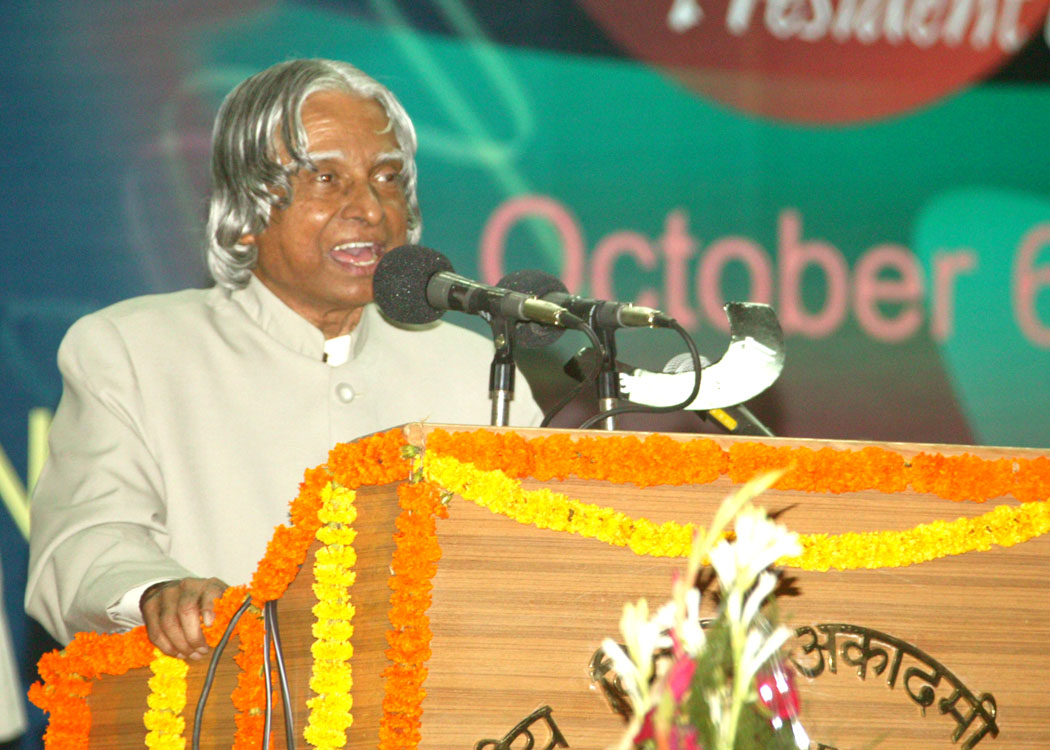

Role of Scientists in societal transformation
In my view, scientists must play an important role, which I call as "civic scientist"; civic meaning concerning the community or the people. In this new capacity, scientists step beyond their campuses, laboratories, ministries, and institutes and into the center of their communities to engage in active dialogue with their fellow citizens. To engage in dialogue is to listen as well as to speak. There is a great need for the public to have a better understanding of science, while there is also a great need for scientists to have a better understanding of the public. We should promote this in every possible way.
Ever since humans left the confines of this planet to venture into space more than three and a half decades ago, the limited circle of our globe and the even tighter circle of our dependency on each other have emerged in a clearer light. Those first photographs of Earth taken from space spoke not only of our shape and size in the vast universe but of our singularity and our unity. We are all citizens of the small blue planet. And on this planet, the advancement of civilization has, in many respects, been driven by the scientific and technological research of each succeeding generation. The scientific community assembled here may like to focus attention in this area and contribute towards the advancement of Indian civilization during the next three decades.

Conclusion
I would like to narrate an incident which took place during a function conferring Nobel Laureate Prof. Norman E Borlaug, a well known agricultural scientist and a partner in India?s first Green revolution, with Dr. M S Swaminathan Award, at Vigyan Bhavan, New Delhi on the 15th of March 2005. Prof. Borlaug, at the age of 91, was in the midst of all the praise showered on him from everybody gathered there. When his turn came, he got up and highlighted India?s advancement in the agricultural science and production and said that the political visionary Shri C. Subramaniam and Dr. M S Swaminathan were the prime architects of First Green Revolution in India. He also recalled with pride, Dr. Verghese Kurien who ushered White Revolution in India. Then the surprise came. He turned to scientists sitting in the third row, fifth row and eighth row of the audience. He identified Dr. Raja Ram, a wheat specialist, Dr S K Vasal, a maize specialist, Dr. B. R. Barwale, a seed specialist. He said, all these scientists had contributed for India?s and Asia?s agricultural science. Dr. Borlaug introduced them to the audience by asking them to stand and ensured that the audience cheered and greeted the scientists with great enthusiasm. This scene I have not witnessed in our country before. This action of Dr. Norman Borlaug, I call it as a Scientific Magnanimity. Friends, if you aspire to achieve great things in life, you need Scientific Magnanimity. It is my experience that great mind and great heart go together. This Scientific Magnanimity will motivate the scientific community and nurture team spirit.
I am happy to inaugurate the Platinum Jubilee Celebrations of the National Academy of Sciences, India and wish the fellows and members of this prestigious institution all success in their mission of taking the fruits of science for societal transformation of our nation.
May God bless you.
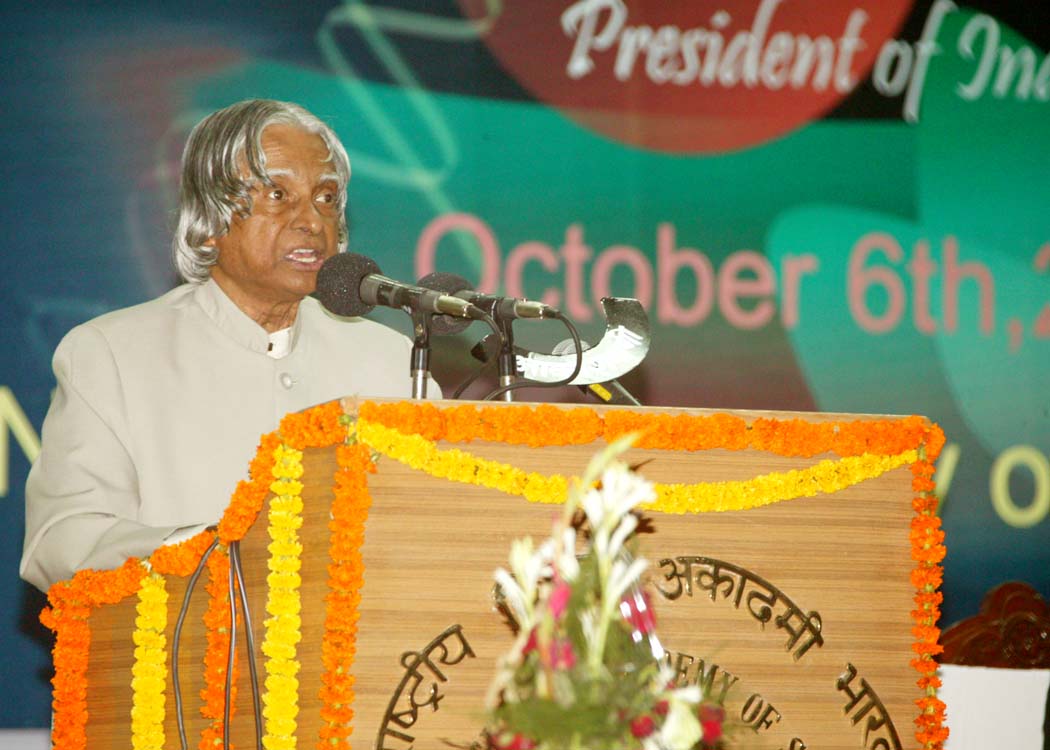
<<Back
|
|